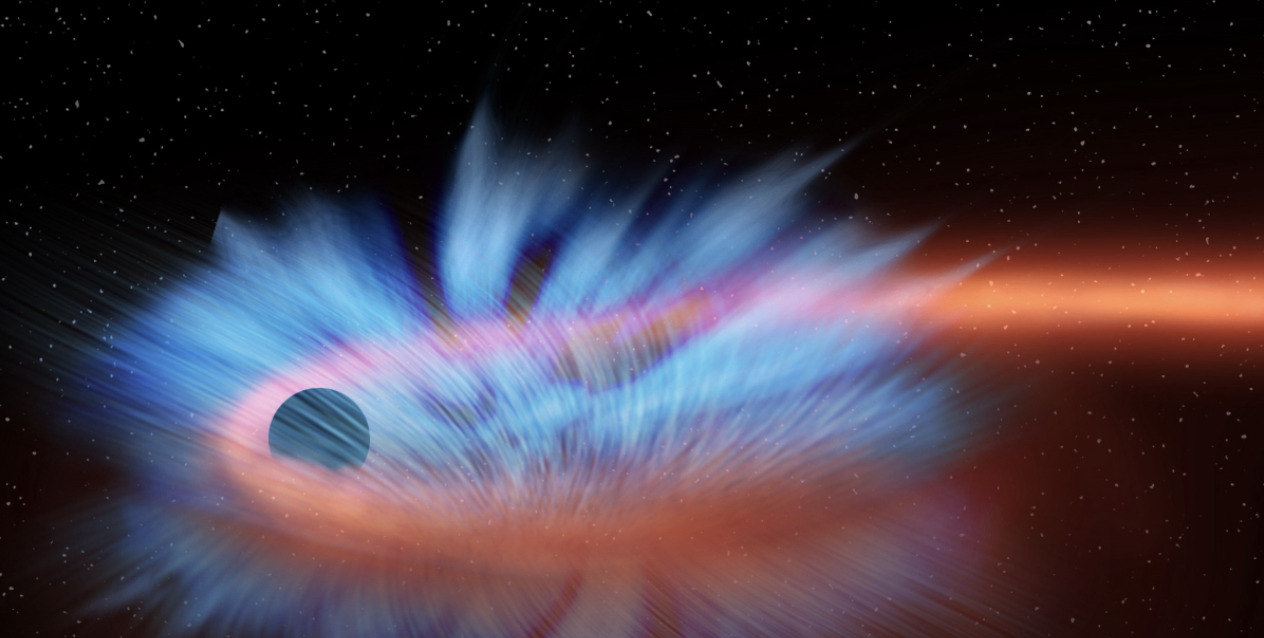Theoretical Astrophysics Seminars
44th Seminar

State Transitions and Time Variations of Black Hole Accretion Flows
Ryoji Matsumoto
Chiba University
Abstract
Black hole candidates display transitions between hard and soft X-ray states. During the transition, quasi-periodic oscillations and jet ejections are observed, and the black hole accretion flow shows intense activity. Our group has investigated the process of the formation of the soft X-ray emitting region by the cooling of the hot accretion flow emitting hard X-rays as the disk surface density increases, using three-dimensional magnetohydrodynamic and radiative magnetohydrodynamic simulations. We found that a magnetic pressure-dominated accretion disk supported by an azimuthal magnetic field is formed during this transition, and that an increase in the accretion rate leads to radiation pressure dominance and excitation of radial oscillations. When the magnetic energy stored in the pressure-dominant region is released, a strong jet is ejected. In the case of active galactic nuclei, the temperature of the pressure-dominant region is 0.1-1 KeV, which can explain the increase in soft X-ray intensity during the brightening of Changing Look active galaxies, in which broad emission lines appear and disappear. State transitions and temporal variations of accretion flows associated with the tidal breakup of stars and gas clouds approaching the galactic central black hole are also discussed with simulation results.


 和 英
和 英